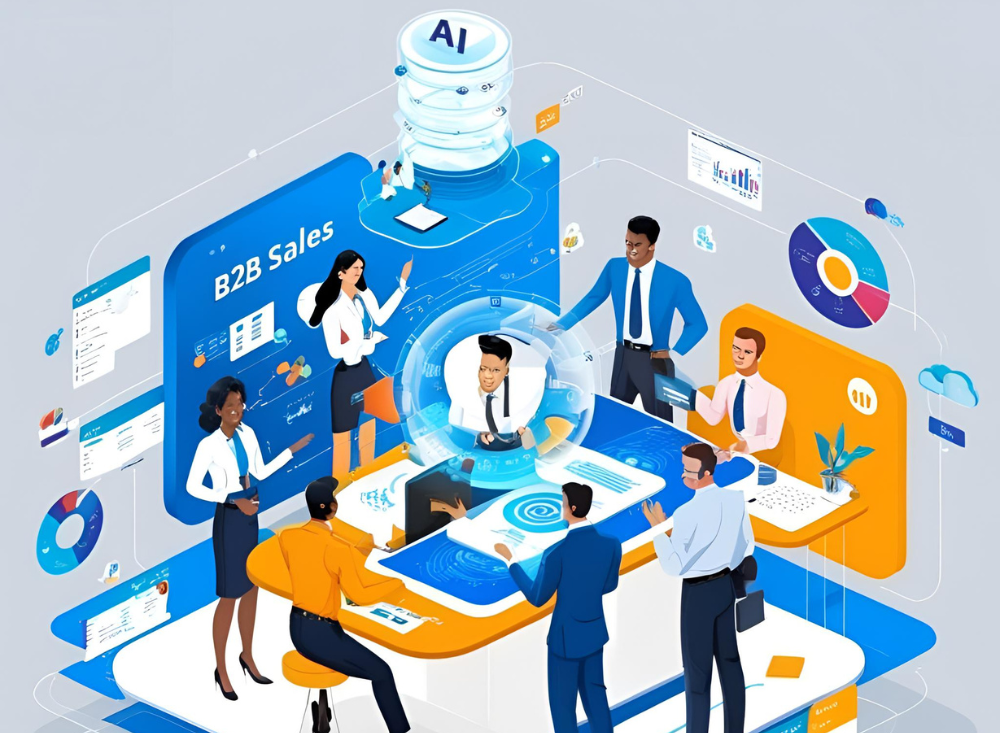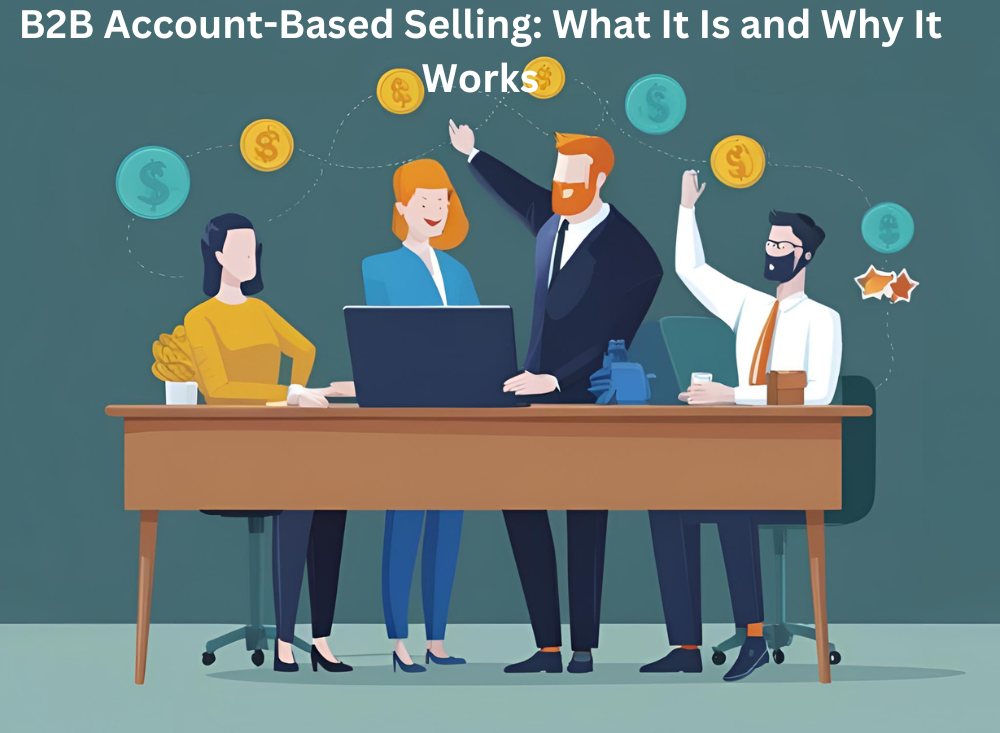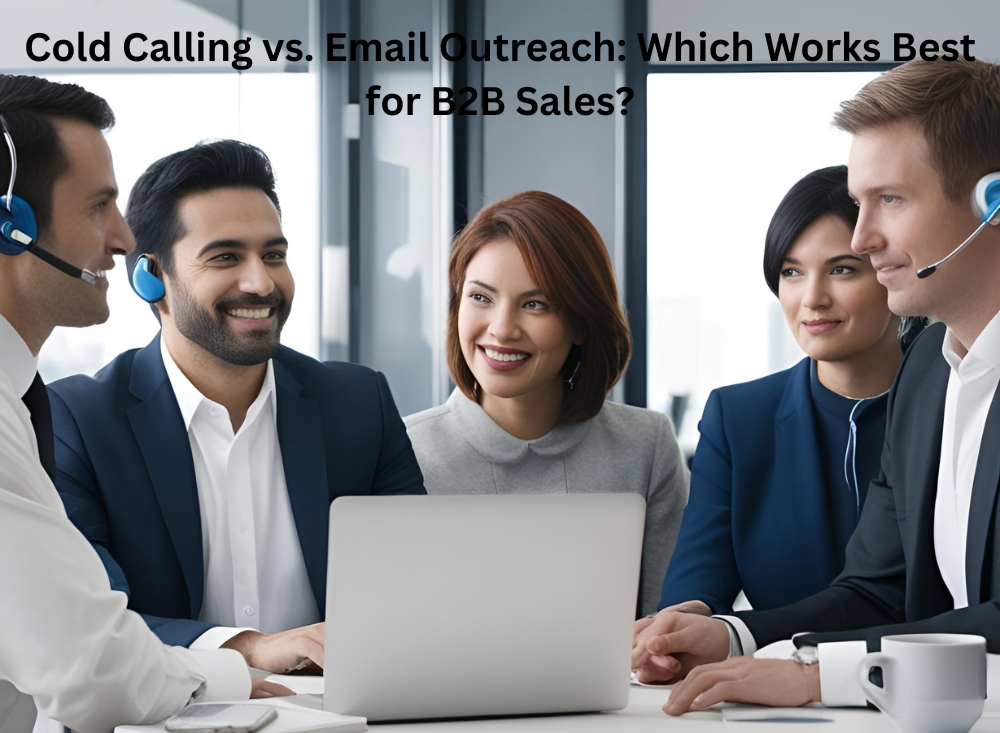
Introduction
B2B sales can be complex, requiring a strategic approach to build relationships, understand client needs, and close deals. However, many sales professionals make common mistakes that can lead to lost opportunities. Learning from failed deals is essential to refining your sales process and improving conversion rates. In this article, we’ll explore key B2B sales mistakes and how to avoid them.
1.Not Understanding the Customer’s Pain Points
Mistake:
Many salespeople focus on pushing their product rather than understanding the client’s challenges. Without a deep understanding of the prospect’s pain points, the solution may seem irrelevant.
Solution:
- Conduct thorough research before engaging with potential clients.
- Ask open-ended questions to uncover their needs and concerns.
- Customize your pitch to align with their specific pain points.
2.Failing to Build Strong Relationships
Mistake:
B2B sales heavily rely on trust and relationships. A transactional approach without nurturing long-term connections often leads to lost deals.
Solution:
- Focus on relationship-building rather than just closing the sale.
- Stay in touch with prospects through follow-ups, personalized messages, and value-driven content.
- Build credibility by positioning yourself as a trusted advisor.
3.Overlooking Decision-Making Processes
Mistake:
Many sales professionals fail to recognize that B2B purchases involve multiple decision-makers. Pitching to the wrong person can result in delays or lost deals.
Solution:
- Identify key stakeholders and understand their roles in the buying process.
- Engage decision-makers early in the conversation.
- Provide tailored value propositions for each stakeholder’s priorities.
4. Neglecting Follow-Ups
Mistake:
A single pitch is rarely enough to close a deal. Sales reps who fail to follow up often lose potential clients to competitors.
Solution:
- Establish a follow-up strategy with multiple touchpoints.
- Use CRM tools to track interactions and set reminders for follow-ups.
- Provide additional value in follow-up communications, such as insights, case studies, or relevant industry trends.
5.Providing Generic Sales Pitches
Mistake:
A one-size-fits-all approach rarely works in B2B sales. Generic pitches fail to resonate with specific business needs.
Solution:
- Customize your pitch based on industry, company size, and pain points.
- Use data and case studies to make your value proposition compelling.
- Personalize outreach with relevant insights and tailored solutions.
6.Ignoring Competitive Analysis
Mistake:
Not understanding the competitive landscape can lead to losing deals to rivals with better positioning or pricing.
Solution:
- Conduct competitive research to understand strengths and weaknesses.
- Highlight unique differentiators that set your solution apart.
- Address objections related to competitors proactively.
7. Overpromising and Underdelivering
Mistake:
Exaggerating capabilities to close a deal may work short-term but damages credibility and leads to customer churn.
Solution:
- Set realistic expectations from the beginning.
- Be transparent about what your product can and cannot do.
- Focus on long-term customer satisfaction rather than short-term wins.
Conclusion
B2B sales success comes from avoiding common pitfalls and continuously improving your approach. By understanding customer pain points, building relationships, engaging decision-makers, following up strategically, and personalizing sales efforts, you can increase your chances of closing deals. Learn from past mistakes and refine your strategy to drive sustainable business growth.








